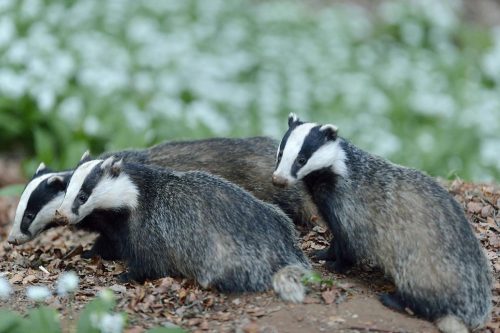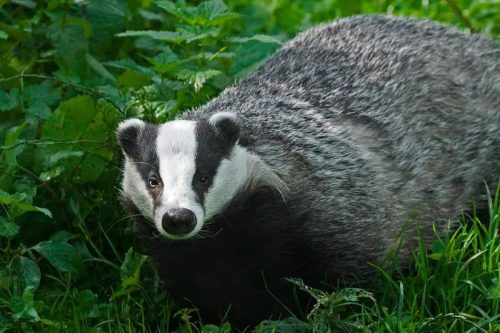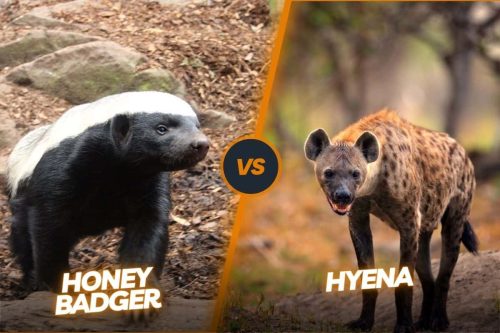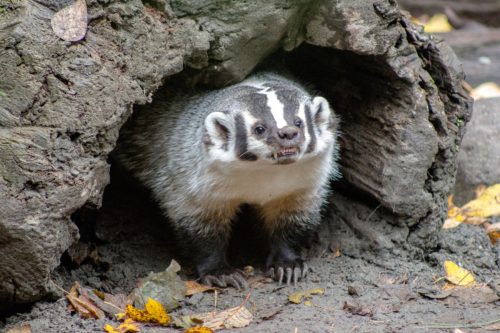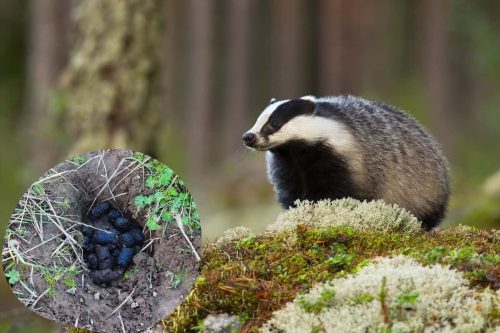Badger Teeth: Uncovering the Secrets of Badger Dentition
Badger is known for its many unique features. However, the most prominent among these is its extraordinary strength, resilience, and capability to defend itself against any attacker or predator. They put up a very appreciable fight even against large predators like lions or leopards.
The body of the badger has also played a very significant role in increasing its immunity and fighting capability. They have loose but very thick fur which you can also roll around once you are grabbed by any adversary. Badgers can also use some foul odor sometimes for keeping predators away from them.
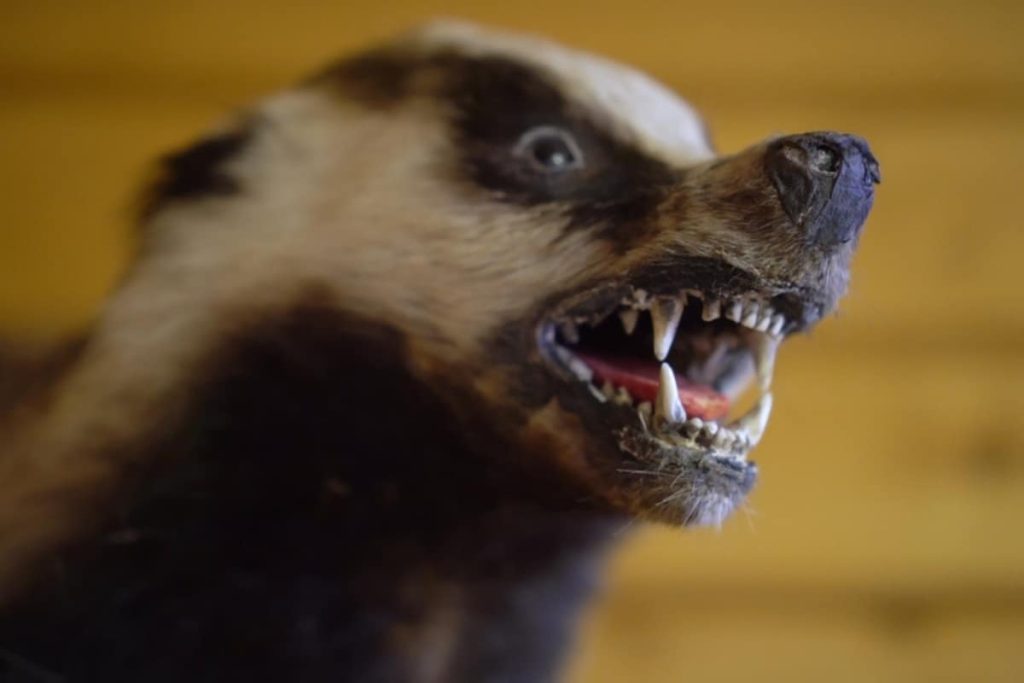
Most importantly, they have very strong and sharp claws which can give a very deep scratch to their opponent and sometimes even tear them apart. Badgers also have very strong but sharp teeth which can easily crush or tear apart their prey’s flesh as well as bones. Badger’s teeth are equally good for hunting as well as self-defense.
Overall, Badger is a very tough but solitary animal who has to live in its den in the wilderness. They act on their own when it comes to protection. They like to fight instead of hiding from their predators. Honey badgers are the most notorious and ferocious animals in the badger family. They like to fight with even very large animals like lions, hyenas, bears, wolves, etc. In this regard, badger teeth play a very crucial role in dealing with all of these matters.
Contents
What kind of teeth does a badger have?
Badgers have very sharp and strong teeth which are clearly visible without even touching when they gnarl or hiss. In the front portion of the badger’s mouth, they have medium-sized incisors and large canines same as dogs and cats. After these teeth, come the flattened molars and premolars teeth. All of them are called cheek teeth. These teeth are strong enough that they can easily penetrate the flesh and bones of their victims.
types of Badger’s teeth
There are mainly three types of badger’s teeth incisors, canines, cheek teeth, etc.
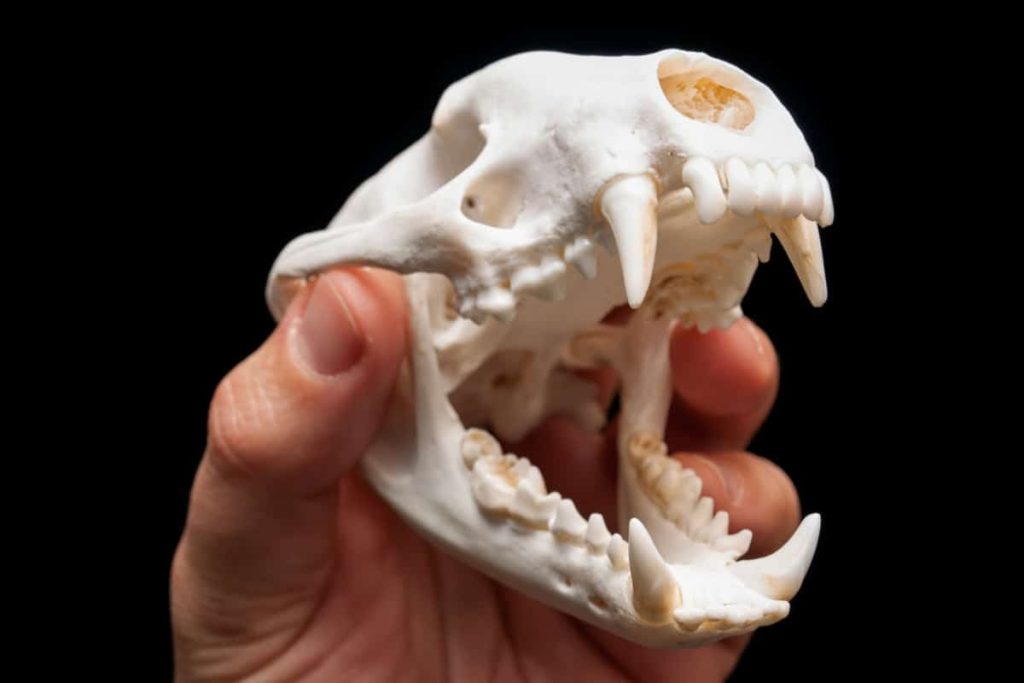
Incisors
All the various types of badger’s teeth actually act together to perform various functions like eating, fighting, hunting, etc. badgers have very sharp chisel-like front teeth which can easily penetrate any kind of food. These are called incisors and are mainly utilized for cutting hanging fruits in the trees and eating plant-based foods. These teeth also grow very fast during the early phase of the badger’s life. Badger cubs only use these front teeth for all kinds of activities.
Canines
Being omnivores, badgers also direly need canine-type teeth. These teeth are extremely helpful in stabbing and killing the prey especially if they are going to target very large animals like rabbits, rodents, etc. Although they don’t have very big canines because they don’t just rely on meat or flesh. Usually, carnivore animals are very well known for their canines. These are razor-sharp teeth that are the main threat to predators, attackers as well as humans.
Cheek teeth
Molars and premolars come in the cheek teeth category. These teeth have sharp but cutting edges which are superb in tearing apart any kind of flesh. In badgers, these teeth help break the bones of the animals. In the case of badgers, cheek teeth are also not sharp enough as these are mainly utilized for eating fruits or vegetables. That’s why badgers have the same cheek teeth as humans.
What is the main purpose of badger’s teeth?
Badgers are very well known for their sharp front-end teeth. They use their teeth for various purposes like eating, hunting, killing, and crushing for the easier digestion of heavy food. These teeth are also highly helpful in keeping the predators away from the badgers.
Although the major portion or you can say 80% portion of a badger’s diet consists of very delicate invertebrates like insects, and earthworms, they are also very fond of killing and hunting large animals like birds, mammals, reptiles, snakes, etc. For this purpose, they need to have very strong and sharp teeth as they have grabbed and killed these animals and also crush their flesh and bones as soon as possible.
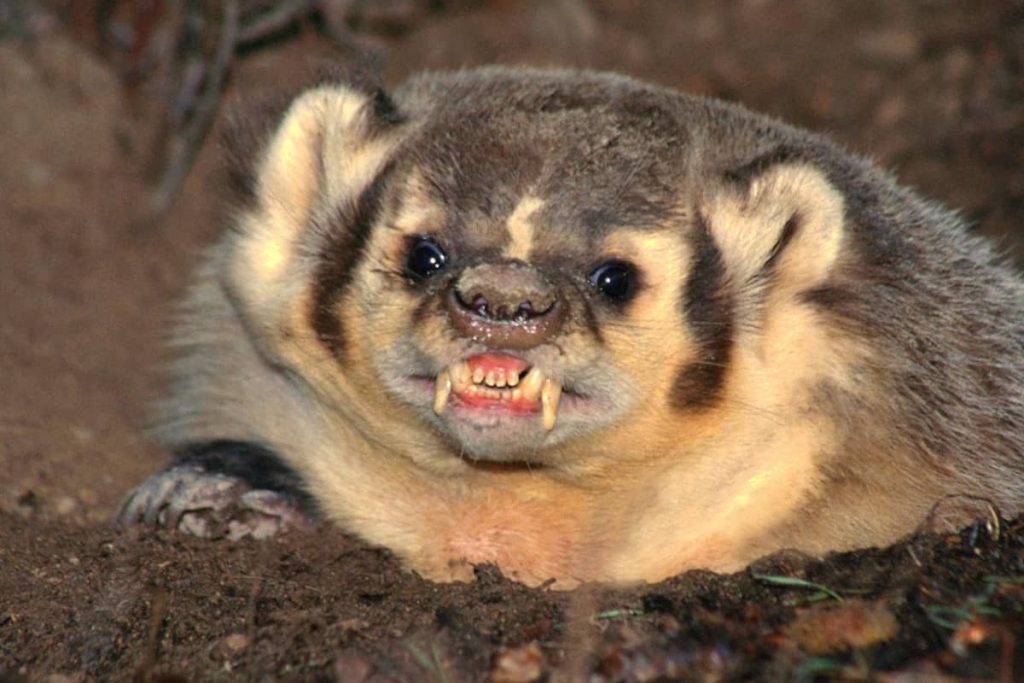
How do badger teeth help eat a variety of foods?
Badgers can eat a variety of foods because they are omnivores. In this regard, the teeth of the badgers are highly helpful. Badgers can eat soft-bodied animals like grubs, lizards, earthworms and small mammals like rodents, mice, rats, rabbits, and also some fruits like legumes, corn, etc. Sometimes, they also hunt some hard-bodies animals which are quite difficult to kill and eat. In this regard, hedgehogs are very important.
Badgers can eat these animals easily despite the spiny coats of hedgehogs. Honey badgers are very well known for this kind of eating. They have very tough skin and also prey on very dangerous animals like snakes, scorpions, hyenas, and bees. They can also fight with lions.
In this regard, the canine section of the badger teeth is extremely helpful. It is a very sharp and extremely strong section of teeth. By using these teeth, badgers can easily break tortoise shells and scorpion exoskeletons.
Do badgers bite humans?
Despite their very friendly look, humans should never take them for granted. They could bite when they are handheld. That’s why hand-feeding the badgers is prohibited. They are very grumpy and the bite of the badgers could easily penetrate through your skin and muscles.
In the worst-case scenario, it could break your bones, and fracture your fingers and wrists. They react to any action of humans as promptly as possible. That’s why humans must stay away from them as much as possible and never try to feed them.
Frequently asked questions
Conclusion
Among the many distinctive features of the badgers, teeth of the badgers are also very prominent. These teeth are extremely sharp and strong. Teeth help hunt food as well as eat food. Badgers can eat a variety of foods with the help of these teeth. They can eat both soft as well as hard-bodied animals. In this article, we have tried our best to cover all the aspects of the badger’s teeth. I hope it helps you a lot.

Izzy is an experienced ranch worker who has a passion for exploring nature and getting up close to wildlife. With her connections to various animal organizations, Izzy is well-versed in animal care and rehabilitation.

